 It is not uncommon to read a description of Aikido to the effect that it involves the use of circular movements to negate and dispel an attack. A more accurate statement, however, is that Aikido uses spiralling movements to negate and dispel an attack.
It is not uncommon to read a description of Aikido to the effect that it involves the use of circular movements to negate and dispel an attack. A more accurate statement, however, is that Aikido uses spiralling movements to negate and dispel an attack.
Generally speaking, movements that spiral upwards are used to take the balance of the uke (ie the partner receiving the technique). Downward spiralling movements ordinarily lead the uke into a fall.
Understanding spiralling movements in Aikido is essential if one is to proceed to higher levels of Aiki practice. In the below video Chicko Xerri Sensei (Aikikai 6th Dan) provides a brief introduction to, and demonstration of one of the many spiralling movements that form part of our Aiki studies.
ADDITIONAL NOTES
- Difference between Aiki and Aikido
At its most basic, Aiki refers to the ability to negate and redirect an attacker’s power without reliance on specific technique and with a distinct absence of muscular tension usually associated with physical effort.
 In our school Aikido techniques are not an end in themselves, but rather a “way” to progress to the study and practice of Aiki. In essence we study to master form so that we can ultimately become formless in our practice.
In our school Aikido techniques are not an end in themselves, but rather a “way” to progress to the study and practice of Aiki. In essence we study to master form so that we can ultimately become formless in our practice.
Our dojo is an Aikido Kenkyukai Fudoshin dojo operating under the guidance and mentorship of Chicko Xerri Sensei, 6th dan AKI (Aikikai), Tokyo. Chicko Sensei has been practising and teaching Aikido for more than 45 years and is endorsed by Doshu Ueshiba.
Have a great weekend
Ian Grant
Dojo Cho
Fudoshin Warrior Dojo
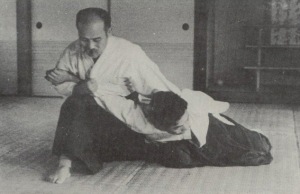
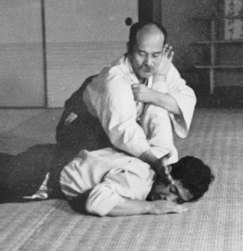
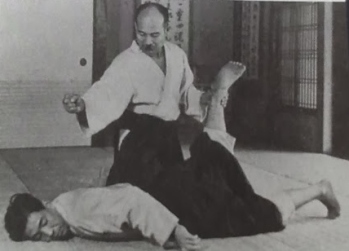
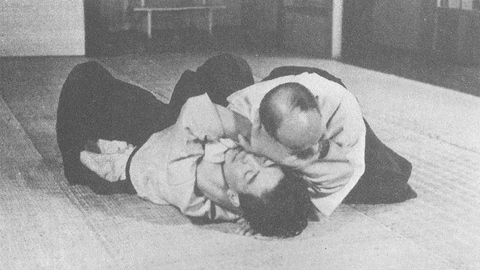
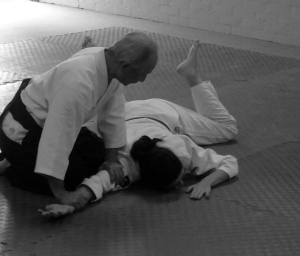


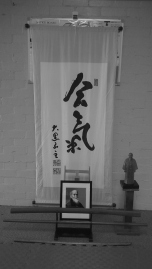


You must be logged in to post a comment.